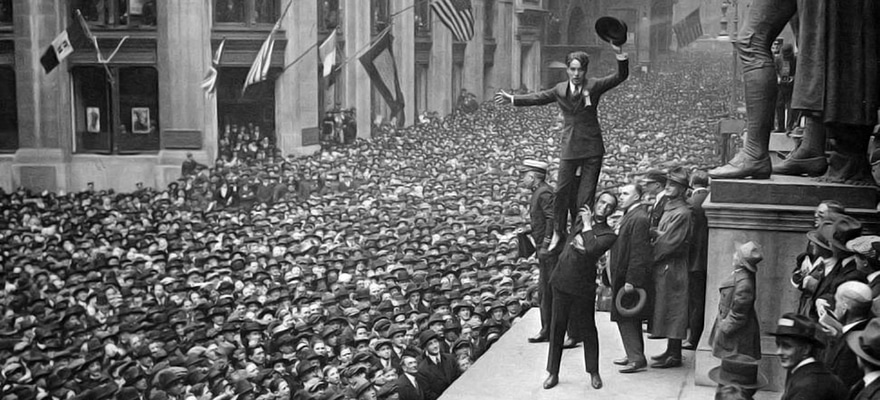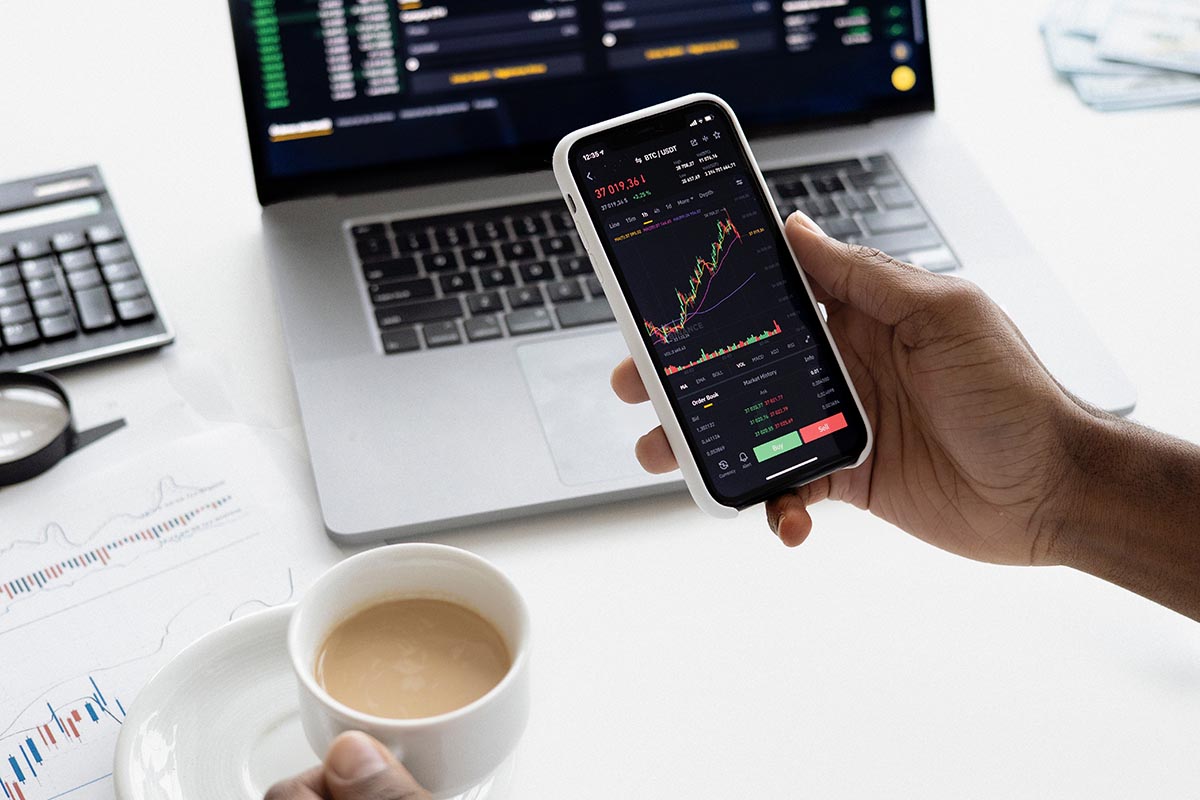Why Your Trading Setup Might Be the Silent Reason You’re Losing Money
Key Points
Stability = Profit Protection: Trading on local machines risks outages, lags, and missed entries—especially during volatile sessions. A VPS keeps your system stable when it matters most.
VPS Hosting = Pro-Level Performance: With low-latency VPS hosting, you get faster routing, uninterrupted access, and the kind of reliability usually reserved for institutional traders.
Forex & Futures Ready: Whether you’re trading Forex or using NinjaTrader/R Trader Pro for futures, VPS hosting ensures your automated strategies and platforms run smoothly 24/7—no matter what happens locally.
If you’re a futures or forex trader and feel like you’re doing everything right — strategy dialed in, charts analyzed, alerts set — but you’re still missing entries or experiencing glitches during trades… you’re not alone.
Many traders don’t realize that it’s not always the strategy that fails — sometimes it’s the tech environment it’s running on.
Let’s break it down.
For futures traders using platforms like NinjaTrader or R Trader Pro, keeping your system stable during volatile sessions is critical.
Especially when you’re running automated strategies, even a split-second delay from a network issue or hardware glitch can mean missed fills or worse — incorrect entries.
For futures traders using NinjaTrader or R Trader Pro, maintaining platform stability is crucial—especially during volatile market sessions or automated strategy execution.
Local machines can falter under pressure due to network outages or processing delays, which can result in missed fills or incorrect entries.
Hosting your environment on low-latency VPS hosting for futures traders ensures uptime, faster routing, and uninterrupted access to trading infrastructure.
That’s where VPS hosting for traders becomes more than just a “nice-to-have.”
It becomes essential.
What About Forex Traders?
If you’re in the forex space, this applies to you too.
VPS (Virtual Private Server) Forex hosting is a remote online platform that allows individual or retail forex traders to manage trades without relying on unstable local machines.
Think of it this way:
You’re no longer dependent on your Wi-Fi signal or laptop battery;
You won’t lose progress because of a computer virus or power outage;
Your trading environment runs in a secure, optimized cloud setting — always on, always protected.
This is especially important if you’re running EAs (Expert Advisors) or automated scripts that need to stay online 24/7.
And the best part?
It’s far more affordable than locating your own server infrastructure close to trading hubs — which is what institutional traders do.
For retail traders, VPS Forex hosting is the cost-effective way to play at a professional level — minus the crazy price tag.
If you’re serious about minimizing downtime and protecting your trades from interruptions, VPS Forex is worth exploring.
Want to Get Started?
If you’ve been wondering why things “almost” work — or why you keep missing those key moments in your strategy execution — it might not be you.
It might be your setup.
✅Hosting your strategies on a dedicated VPS might be the upgrade you didn’t know you needed.
If you’re ready to stabilize your trading system, improve speed, and stop letting tech slip-ups cost you real money — I can help you get set up with the right VPS based on your trading needs.
When using NinjaTrader to run custom strategies or real-time order flow tools, consistency and uptime matter just as much as speed. Even momentary interruptions on a local PC can disrupt automated trades or close important market windows.
A dedicated ninjatrader vps for consistent uptime helps maintain a stable, always-on trading environment by hosting your platform near key financial exchanges, reducing latency and execution risk.
Feel free to reach out if you need help choosing a reliable provider or walking through the setup.
Let’s make sure your strategy isn’t getting sabotaged by your system.
History of Forex Trading

Forex trading dates back to the Babylonian period when barter trade was the most common form of exchanging goods and services.
The means for trading goods evolved over the years, coming to gold which became dominant in the 6th century BC due to its portability and durability.
By the 1800s, several countries embraced the gold currency but later evolved to paper money as it became too bulky to carry lots of gold.
The rise of World War I also led to the decline of gold as European countries were forced to suspend it and print much paper money.
Even though gold coins continued backing up paper money, they were still not sustainable.
This led to the evolution of the Bretton Woods System that cropped up during world war II following the 1929 stock market crash.
It was formed to help establish a conducive platform on which global economies would recover from the crash.
It aimed to peg the US Dollar to gold since, at the time, the United States had the most gold reserves globally.
This caused several countries to use US dollars to perform their transactions.
Unfortunately, the Bretton Woods system failed to hold up the US Dollar currency and eventually collapsed in 1971.
This was mainly due to hyped government expenditures and debts.
Richard Branson, the then president of the United States, started the free-floating system, which fluctuated other foreign currencies against the US Dollar.
By then, $38 was pegged against one ounce of gold. Other currencies fluctuate at a 2.25% rate against the US Dollar.
Several countries became highly dependent on the US currency to conduct their trades.
This placed them at the mercy of US stock traders who could inflate prices and raise interest rates despite crushing third-world nations strained by the weight of the US Dollar.
The 5 most powerful economies then sent representatives in 1985 to New York to conduct a meeting encouraging the appreciation of foreign currencies.
The aftermath of this meeting, later named the “Plaza Accord,” was a steady depreciation of the US Dollar and intense currency fluctuations.
Opportunistic traders took advantage of this situation and began to see the potential for making a profit. This is because higher fluctuations meant higher profits.
The invention of the Internet in the 1990s accelerated the currency system’s evolution, which became more sophisticated.
Forex trading then made its debut in 1994 and became online.
Initially, only big institutions and top investors could do forex trading, but later, retail traders began using it.
People could now access market prices in the comfort of their homes by simply clicking one button. This was easier than prior methods that required many traders, brokers, and telephones to establish communication.
With the rising use of Forex trading over the years, rules and regulations were set up to govern the trade of security and currency derivatives.
For instance, the commodity monetization act (2000) and the NFA compliance rule 2-43 were set up to regulate margin requirements for forex trading.
The latter was established after the 2009 stock market crash by CTC and NFA.
By 2010, retail traders utilized up to 10% of total Forex trade, equivalent to $150 billion in a day. The NFA then endorsed maximum leverage options that retail traders could facilitate.
Forex Trading Today

The Forex Trading market has witnessed a steady increase in daily volumes, hitting a $282 billion high in 2016.
Today it’s the largest market globally, with over $5 trillion trades conducted through online Forex trade platforms daily.
Forex keeps changing and fluctuating, causing uncertainties for the future and creating more opportunities for Forex traders.
This keeps forex traders alert, following the latest updates via DailyFx news and other forex events that provide real-time currency data.



















